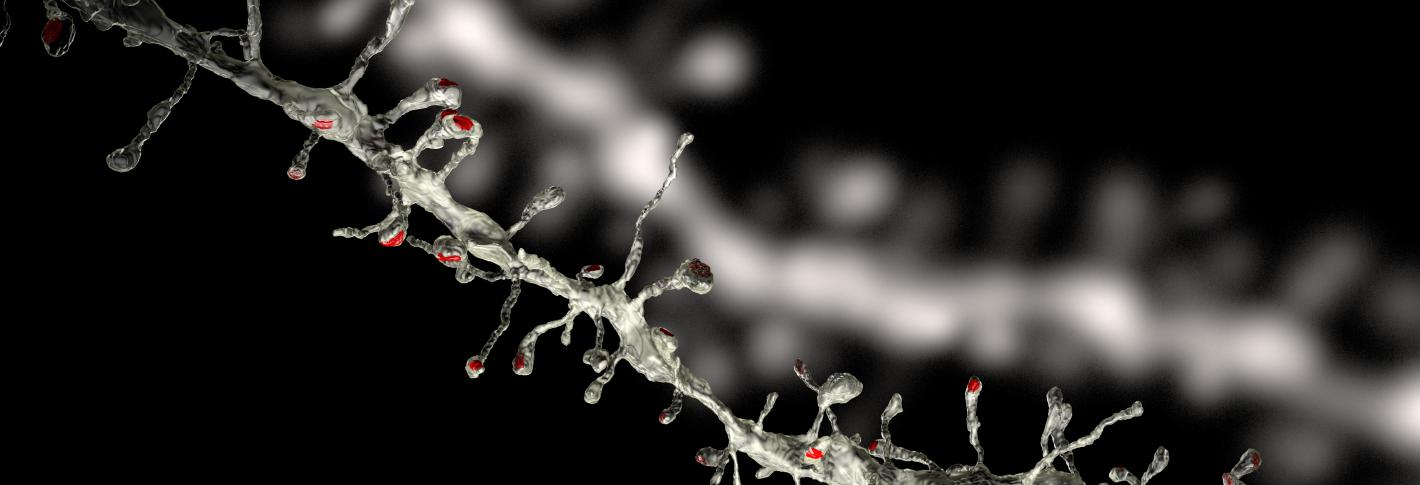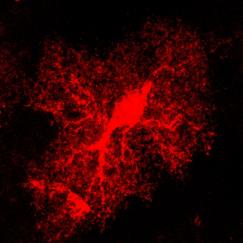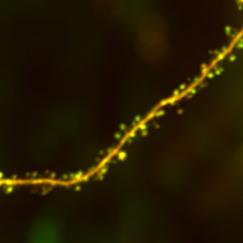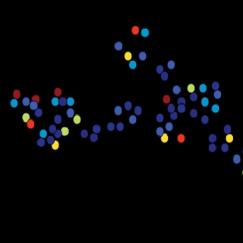





The nervous system is made up of more than just neurons. A variety of other cells, called glia, play crucial roles. Picower Institute neuroscientists study how glia contribute both to brain health and disease.

A requirement of learning and memory is a brain capable of stably encoding change. Throughout our lives, in response to our experiences, our neurons form new synaptic connections and prune away others. Scientists in the Picower Institute study these processes of plasticity, elucidating their workings down to the molecule, to better understand how they work.

Neurons are electrically active, producing patterns of activity that can be observed to understand their function. By developing advanced techniques to detect and analyze these patterns of electrical signals, Picower Institute scientists can advance the study of how brain circuits, for instance for storing and recalling memory, work.

Fundamentally the central nervous system is made up of cells whose functions are specified by which genes are expressed, and how and when. At the Picower Institute, scientists use “big data” and bio-informatics techniques to make new discoveries about how genes and the proteins that arise from their expression influence brain function and how abnormalities contribute to disease.

A typical neuron has thousands of synapses that connect it with other neurons in neural circuits. The location, type and constantly changing strength of each of these synapses determine how each neuron plays its role in the brain and how circuits are remodeled by experience. Research at the Picower Institute to map synapses is therefore essential to understanding how neural connections underlie brain functions and disease.